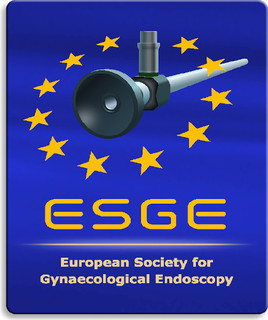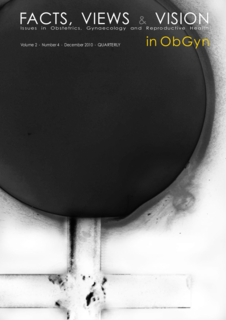Confidential enquiries into quality of care of women in labour using Hypoxic Ischemic Encephalopathy as a marker
Birth Asphyxia, Hypoxic Ischaemic Encephalopathy, Audit, Intrapartum Care, Quality of Care.
Published online: Jan 05 2011
Abstract
Objective: To identify avoidable factors contributing to neonatal morbidity and mortality due to “birth asphyxia” and to ascertain if hypoxic ischemic encephalopathy (HIE) alone could act as a good marker for avoidable factors associated with “birth asphyxia”.
Setting: Kalafong Hospital, South Africa, a regional hospital unit that caters for mainly indigent urban population but also receives referrals from the Mpumalanga Province.
Methods: All neonates and intrapartum stillbirths fulfilling the criteria of birth asphyxia born at the Kalafong Hospital
during 2008 and 2009 were included. Neonates born at less than 34 weeks gestation, born with infection, major con-
genital malformations or inborn errors of metabolism and intrapartum deaths due to abruption placentae were excluded.
Neonates referred from Level 1 clinics postnatally, who qualified with these criteria, were also included in the study.
The files were retrieved, and avoidable factors were identified. Avoidable factors were classified into 3 groups: patient
associated, administrative and medical personnel associated problems.
Results: In 2008 and 2009, 10117 babies were born at Kalafong Hospital. 224 babies with intrapartum related asphyxia
were identified (22.1/1000 births). This group consisted of 14 intrapartum stillbirths, 85 neonates with mild asphyxia,
125 babies with severe asphyxia of which 41 had a neonatal near miss markers without HIE and 84 with HIE. Fifteen
of the babies with HIE subsequently died. The number of avoidable factors identified per case file reviewed increased
with the severity of the hypoxic event, mild asphyxia 0.74, neonatal near miss without HIE 0.85, HIE survivor 0.91,
and stillbirth or neonatal death 1.29. Major avoidable factors for birth asphyxia were refusal of medical treatment, in-
adequate facilities, no detection of or reaction to fetal distress, and incorrect management of second stage. The avoidable
factors detected in neonates with HIE were the same as those detected in the whole group.
Conclusion: The avoidable factors described in a confidential enquiry concentrating on the labour management of
women delivering neonates with all grades of “birth asphyxia” were similar to those found in women delivering
neonates with HIE. HIE in neonates is a clearly defined condition, making it a good marker to use to review the quality
of intrapartum care received by the women who delivered neonates with HIE.



